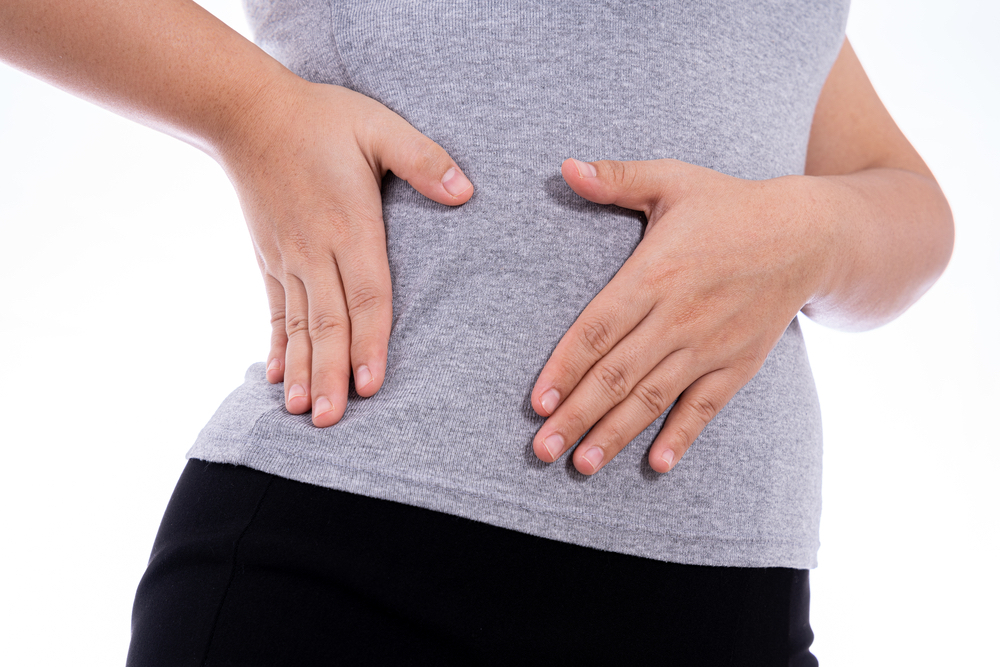By Tampa Bay Radiation Oncology
Have you been experiencing some health symptoms you don’t understand? Did an internet search return “bile duct cancer” as a possible cause and leave you with questions and concerns? Let’s dig in to help you understand this disease.
Bile duct cancer, also known as cholangiocarcinoma, is one of the less common diseases in the U.S., affecting an estimated 8,000 people each year. While anyone can be diagnosed with this disease, it more commonly impacts older patients. The average age of people diagnosed with bile duct cancer is 70. There is no proven way to prevent most bile duct cancers; however, you can do things to help lower your risk.
What is Bile Duct Cancer?
Bile duct cancer starts in the bile duct, a series of thin tubes that allow bile to travel from your liver and gallbladder into your small intestine. Bile is necessary for your body to digest the fat in the food you consume. Bile duct cancer is categorized based on its location in the bile duct system:
Distal bile duct cancers start in the lower parts of the bile duct, closer to the small intestine and outside the liver.
Intrahepatic bile duct cancers start in the smaller bile duct branches and are often mistaken for hepatocellular carcinomas.
Perihilar bile duct cancers start at the hilum, an indentation in the surface of an organ where blood vessels, ducts, nerve fibers, etc., enter or leave, and are also referred to as Klatskin tumors.
Signs and Symptoms
The signs and symptoms of bile duct cancer result from the bile duct becoming blocked. Many of the symptoms related to bile duct cancer are due to excess levels of bilirubin, which can get backed up in the bloodstream and settle in different parts of the body. The excess bilirubin can yellow the skin and change stool and urine color. Here are some symptoms that may indicate bile duct cancer:
- Abdominal pain
- Appetite loss
- Dark urine
- Itchy skin
- Jaundice
- Light-colored stools
- Nausea and vomiting
- Night sweats
Lowering Your Risks
While uncommon, anyone can develop bile duct cancer–especially if they’re older, diabetic, obese, have a family history, have existing liver duct disease or have non-alcoholic fatty liver disease. Here are some ways you can reduce your risks:
- Prevent cirrhosis:
- Get vaccinated against hepatitis B virus
- Treat hepatitis infections
- Take precautions to avoid sexually transmitted diseases such as HBV and HCV
- Avoid or limit alcohol consumption
- Quit smoking
- Avoid exposure to radon, asbestos and other radioactive chemicals
At Tampa Bay Radiation Oncology (TBRO), more than a thousand men and women diagnosed with cancer each year turn to our trusted team of cancer specialists. We encourage you to call us, ask a question, or consult with us to get a second opinion so you, too, can experience the difference.
The Editorial Team at Lake Oconee Health is made up of skilled health and wellness writers and experts, led by Daniel Casciato who has over 25 years of experience in healthcare writing. Since 1998, we have produced compelling and informative content for numerous publications, establishing ourselves as a trusted resource for health and wellness information. We aim to provide our readers with valuable insights and guidance to help them lead healthier and happier lives.
































